American Muscle Cars: Complete Guide to Classic Models and History
American Muscle Cars

American muscle cars are more than just powerful vehicles—they embody a rich tapestry of cultural heritage and passionate craftsmanship. Defined by their bold aesthetics and roaring engines, these cars roared onto the scene in the mid-20th century and quickly became symbols of freedom, speed, and the American spirit. You'll find a blend of heart-pounding performance and a community of fans that stretch far beyond just driving enthusiasts.
In this article, we'll take a deep dive into the history of muscle cars—tracking their evolution from post-war optimism to the golden era of the '60s and '70s, the ups and downs in the decades that followed, and what makes today’s muscle cars so exciting. We’ll spotlight iconic models, explore buying options for enthusiasts looking to enter the market, and celebrate the vibrant culture that these cars inspire, from events and communities to their portrayal in films. Whether you're a lifelong fan or just muscle-curious, get ready for a ride through the past, present, and future of American muscle cars.
The History of American Muscle Cars
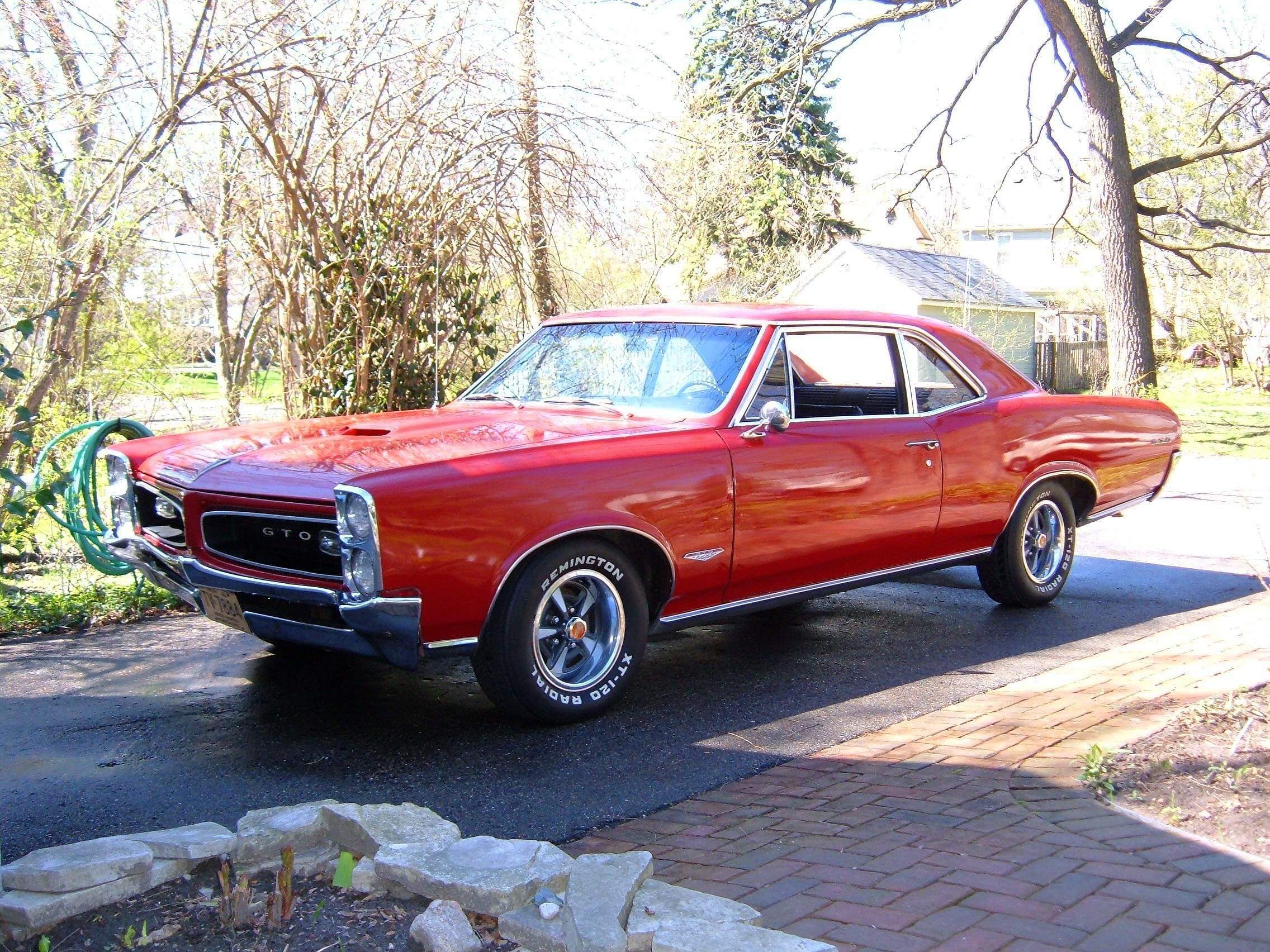
American muscle cars, those powerful, stylish machines that have captured the hearts of enthusiasts for generations, didn’t just spring out of nowhere. Their roots dig deep into the ground of automotive innovation, stretching back to the 1940s and 1950s. This was a period marked by a growing obsession with speed and performance, where manufacturers began creating vehicles that emphasized power alongside style. While the term "muscle car" wouldn’t officially enter the lexicon until the mid-1960s, the groundwork was laid during these formative decades, as Americans yearned for cars that were not just transportation, but an embodiment of freedom and individuality.
Fast forward to the golden age of muscle cars, which erupted in the 1960s and 1970s. This era witnessed a perfect storm of design, engineering, and cultural fascination with performance vehicles. Classic models like the Ford Mustang, introduced in 1964, ignited the passion for horsepower. The Chevrolet Camaro followed suit in 1967, while Dodge unleashed the iconic Charger. These cars weren't just fast; they were brimming with character—from their aggressive lines to their throaty roars. Major manufacturers like Ford, General Motors, Dodge, and Chrysler all clambered into the ring, vying for dominance in this exhilarating market.
But every high has its low, and the muscle car craze hit a roadblock in the late 1970s. Increasing fuel prices, rising insurance costs, and strict emission regulations forced manufacturers to scale back on power and performance, resulting in a decline in true muscle car production. The roar of engines was dampened, and the silhouette of the beefy machines faded from sidewalks and highways alike. However, like a phoenix rising from the ashes, the muscle car rebirth began in the 1980s and 1990s, with modern interpretations rekindling the flame. Today, we still see a passionate community rally around these vehicles, celebrating their rich history and robust legacy, showing that the American muscle car is about more than just horsepower—it’s a symbol of rebellion, culture, and a relentless drive for excitement.
Iconic Models of American Muscle Cars

When we talk about American muscle cars, we’re diving into a realm where power meets history. Classic American muscle cars are defined not just by their robust engines and stylish exteriors, but also by the nostalgia and passion they evoke among enthusiasts. These vehicles typically feature a powerful V8 engine, aggressive styling, and a raucous exhaust note, which together create a visceral driving experience that makes them legendary.
Classic American Muscle Cars

At the heart of the muscle car community, we find a few standout models that have left an indelible mark.
- Ford Mustang: Introduced in 1964, the Ford Mustang ignited the muscle car craze. With its iconic long hood and short rear deck, the Mustang delivered an exciting blend of style and performance. The early models, particularly the GT350, are revered for their speed and distinct sound, making them a staple in American car culture.
- Chevrolet Camaro: Launched in 1966 as Chevrolet’s answer to the Mustang, the Camaro quickly made a name for itself in the muscle car arena. The first-generation models, especially the SS and Z28 variants, offered powerful engine options that thrilled fans and racers alike. Thanks to its rugged styling and performance prowess, the Camaro continues to capture the hearts of many.
- Dodge Charger: Few cars are as recognizable as the Dodge Charger, especially the R/T and SE models from the late 1960s. Known for their bold looks and muscular stance, Chargers packed a punch with their big-block V8 engines. The ’69 Charger is perhaps best known for its role in the iconic film “Bullitt,” further solidifying its place in pop culture.
In a head-to-head comparison, these models bring unique features and performance to the table. While the Mustang is often hailed for its agility and speed, the Camaro stands out for its raw power and aggressive styling. Meanwhile, the Charger boasts a blend of both, offering spaciousness rarely found in muscle cars along with a fierce engine growl that commands respect.
1970s American Muscle Cars

As we transition into the 1970s, the muscle car landscape began to shift. Stricter emissions regulations and rising insurance costs took a toll on performance. However, this decade still produced standout models like:
- Pontiac Firebird: The Firebird and its sibling, the Trans Am, emerged as symbols of the era. With options like the 455 HO engine, the Firebird showed it still could deliver thrills despite the tightening grip of regulations.
- Chevrolet Chevelle: The late 70s Chevelle is another classic that embraced a more conservative approach but kept the performance spirit alive with the SS package. These models were all about muscle wrapped in a more understated design, appealing to a broad audience.
- AMC Javelin: Although not as widely celebrated, the AMC Javelin made waves with its unique design and spirited engine options. It showcased the creativity of American automakers willing to try something different.
Despite the challenges of the era, the muscle cars of the 1970s still managed to capture hearts with their distinctive personalities.
Specific Models Worth Mentioning

When it comes to ranking the greatest American muscle cars, opinions may vary, but certain models consistently rise to the forefront.
The 1970 Pontiac GTO is often heralded as one of the most significant muscle cars ever built, a perfect mix of power and style. Meanwhile, the 1969 Chevrolet Camaro Z28 is revered for its track-ready performance and lightweight construction. The 1971 Dodge Challenger R/T earns accolades too, offering muscle car enthusiasts a taste of brute power combined with undeniable presence.
These models not only exemplify what muscle cars are about but have also influenced design and performance expectations for generations of car lovers. Each has a story and character, standing as reminders of an incredible era in automotive history. Whether you’re a lifelong enthusiast or just beginning to explore, these classic models set the stage for the muscle car culture we celebrate today.
More on 1970 Cars
Want to explore the best 1970s muscle cars and their current market values in detail? Check out our comprehensive guide to the "6 Best 1970s American Cars & Values" for investment insights and collecting tips.
Buying and Collecting American Muscle Cars

American Muscle Cars for Sale
Finding the right American muscle car can feel like a treasure hunt. Whether you're scouring local classifieds, online marketplaces, or attending car shows, you have plenty of options. Start with platforms like Craigslist, eBay Motors, and specialized sites like Hemmings or ClassicCars.com. Each site often features a wide range of listings, from project cars in need of TLC to fully restored beauties ready to hit the road.
Word of mouth is another powerful tool. Join local muscle car clubs or online communities dedicated to classic cars. Not only can you pick the brains of seasoned experts, but members often share leads on private sales, sometimes before they hit the market. Plus, engaging with fellow enthusiasts can provide valuable insights into the best models, fair prices, and restoration tips.
When you find a car that sparks your interest, it’s crucial to do your homework. Research the vehicle's history, look up its market value using resources like Kelley Blue Book or NADA Guides, and if possible, get a trusted mechanic to give it a thorough once-over.
The Market for Old American Muscle Cars
The market for classic muscle cars offers a unique blend of nostalgia and investment potential. Over the years, certain models have become highly sought after, appreciating in value as they recede further into automotive history. Consider models like the Ford Mustang GT500 or the Chevrolet Corvette; these aren't just cars, they're cultural icons. Prices vary widely depending on the rarity, condition, and provenance of the vehicle.
As collectors become more discerning, trends in pricing can shift rapidly. In recent years, cars from the ‘70s have seen a resurgence in popularity, as younger enthusiasts recognize their place in muscle car history. Keep an eye on auction results and market reports to understand current valuation trends. It’s often the well-maintained vehicles with original parts that fetch the highest bids.
Beyond mere investment, owning a muscle car taps into a vibrant culture steeped in camaraderie and shared passion. Collecting isn’t just about what’s in your garage; it’s about being part of a community that celebrates these glorious machines. Whether you’re attending shows, going for weekend drives, or working on a restoration project, the journey of buying and collecting American muscle cars is a ride worth taking.
The Coolest American Muscle Cars
When it comes to muscle cars, "cool" isn’t just a buzzword; it’s a badge of honor. These rides don’t just get you from point A to point B—they make a statement at every red light, cruising down the highway, or even parked in a driveway. Here’s a look at some of the coolest muscle cars that have etched their names in automotive history, known for their breathtaking power, distinctive designs, and cultural impact.
Ford Mustang
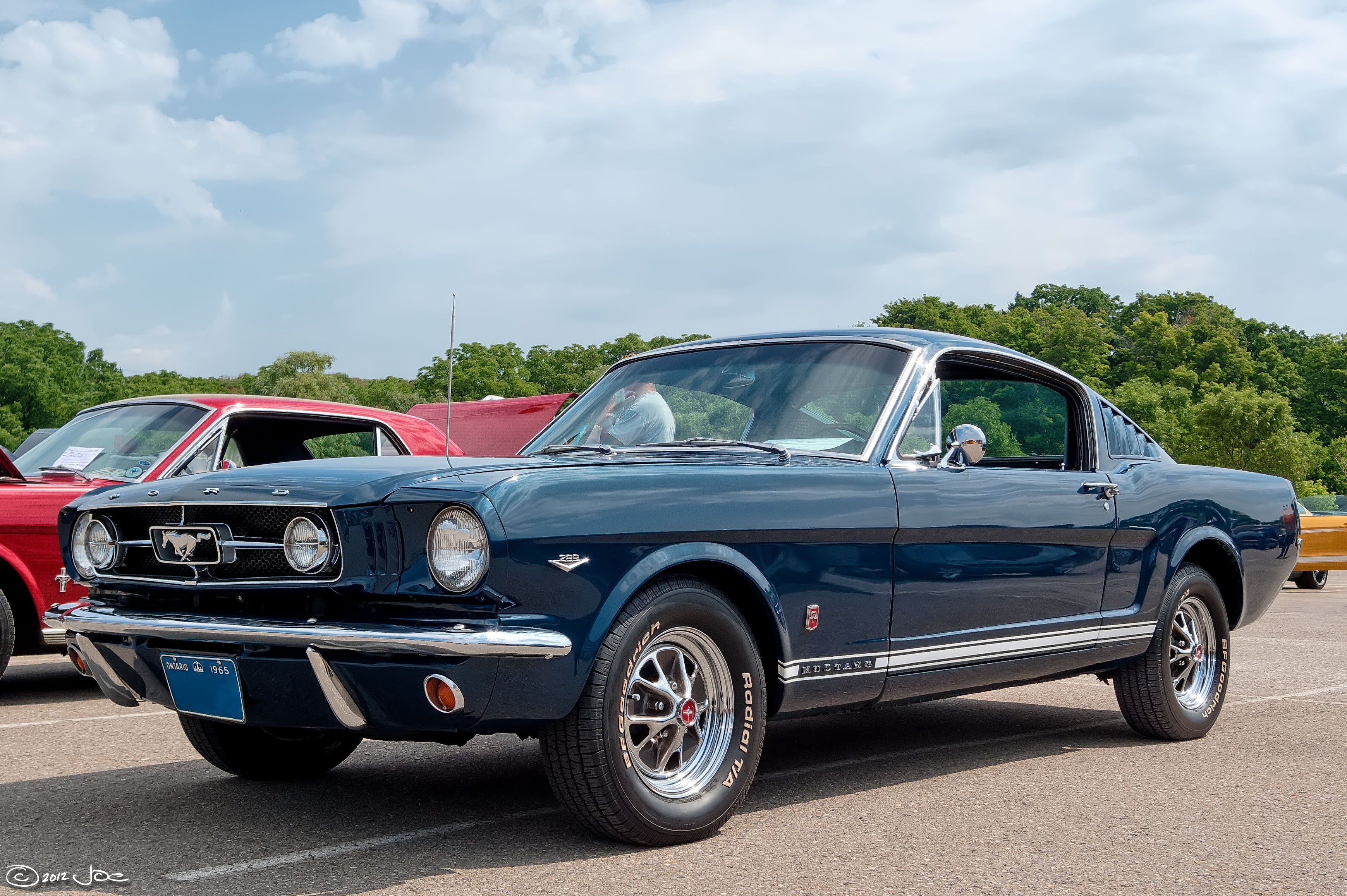
The Ford Mustang is the granddaddy of American muscle cars. Launched in 1964, this beast quickly captured hearts and minds with its sleek lines and affordable performance. Its iconic status was cemented with the 1967 model, which featured a range of engine options, including the savage 427 cubic-inch V8. The Mustang's role in pop culture, from music to movies, makes it synonymous with American rebellion and freedom.
Chevrolet Camaro
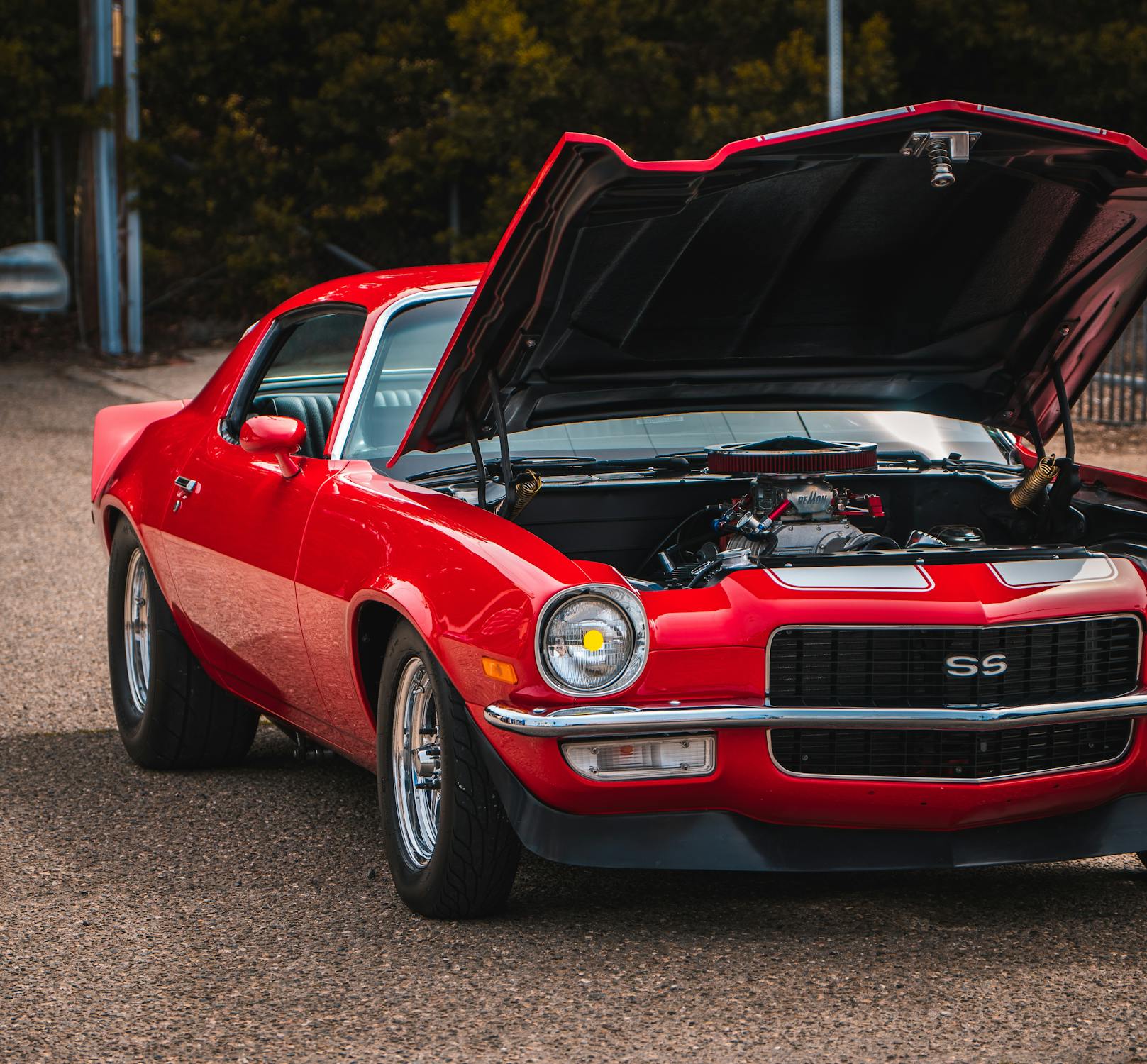
Debuting in 1966 as a response to the Mustang, the Chevrolet Camaro has carved out its own legacy. With its aggressive styling and performance options—from the classic Z/28 to the modern SS—it's been a favorite for both street racers and collectors. The ’69 Camaro, with its bold lines and potent engines, still turns heads today. Add to this its appearances in films like "Transformers," and you have a model that continues to thrill enthusiasts.
Dodge Charger
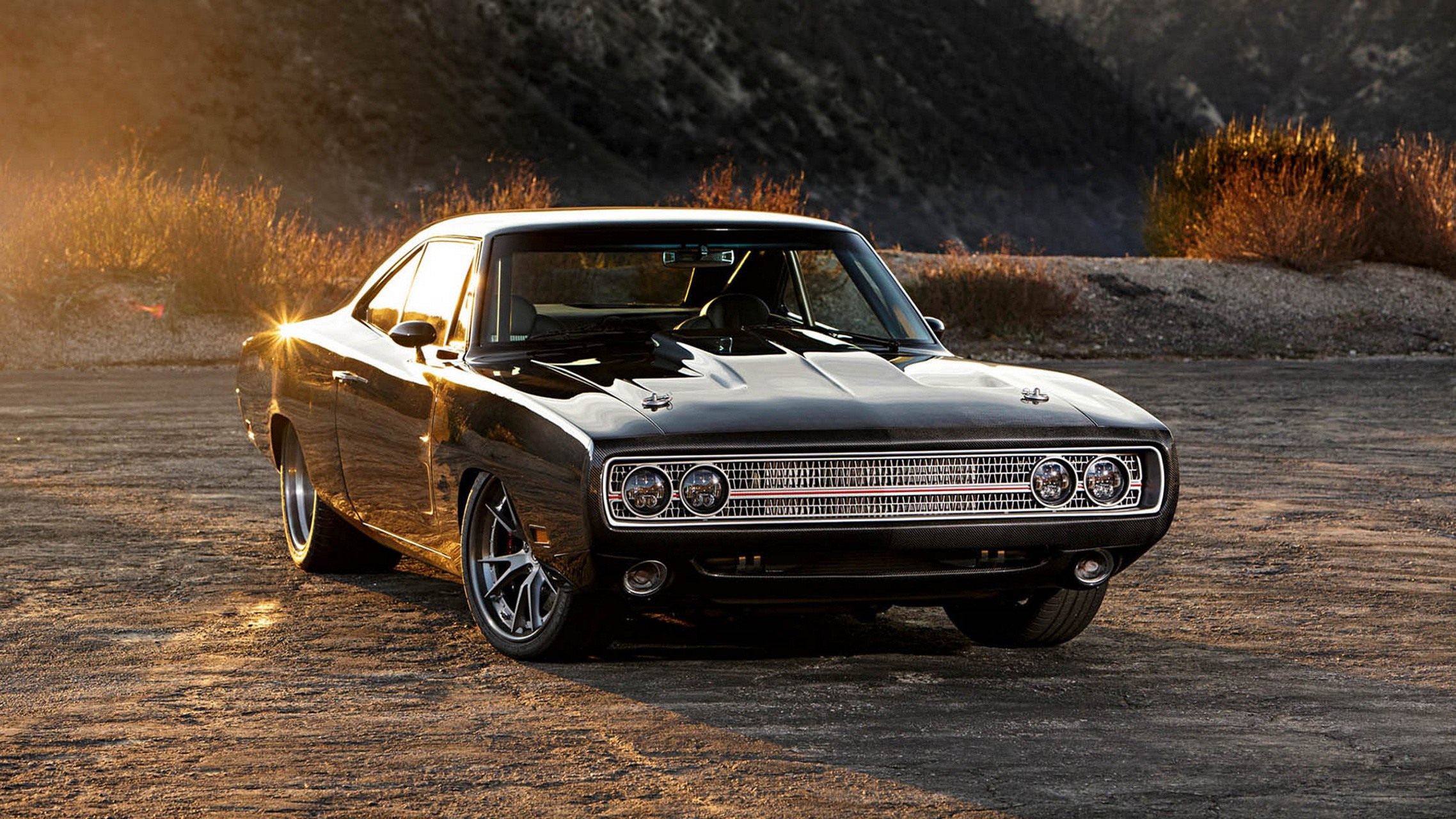
The Dodge Charger stands as a symbol of raw power. The classic muscle car first hit the road in 1966, but it really came into its own with the 1968 model featuring a long hood and a fastback design. Known for its epic chase scenes in films like "Bullitt" and "Dukes of Hazzard," the Charger is all about attitude. The R/T model, with its big-block HEMI V8, unleashed spine-tingling horsepower, solidifying its spot in the muscle car hall of fame.
Pontiac GTO
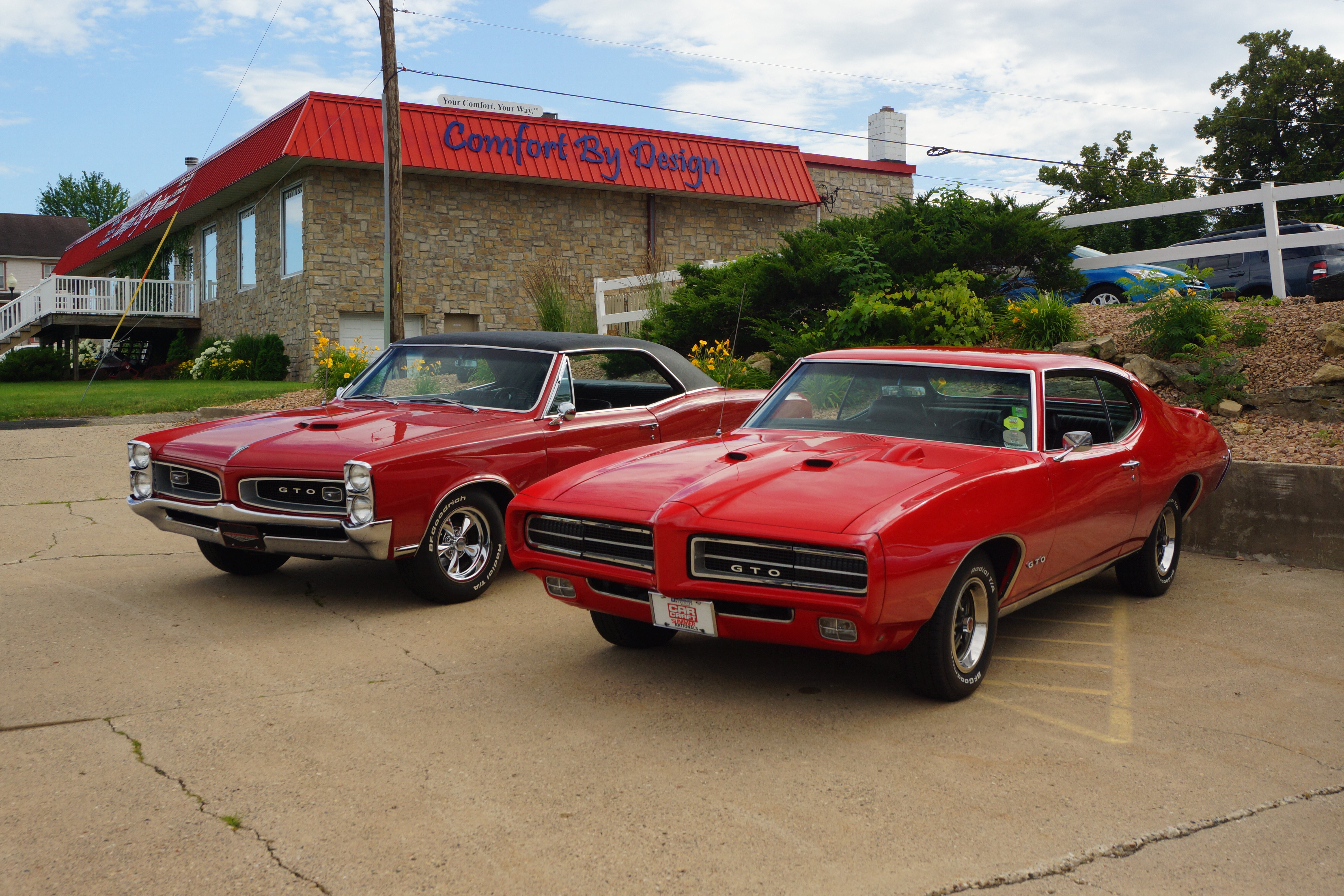
Often referred to as the “original muscle car,” the Pontiac GTO debuted in 1964 as a performance option for the Tempest. It blended style with substance, offering a 389 cubic inch V8 that could go from 0 to 60 in just over six seconds. The GTO’s bold grille and simple yet aggressive stance made it an icon of the era. Famous for its role in the 1970s, this car still evokes a sense of nostalgia and admiration among muscle car enthusiasts.
Chevrolet Corvette
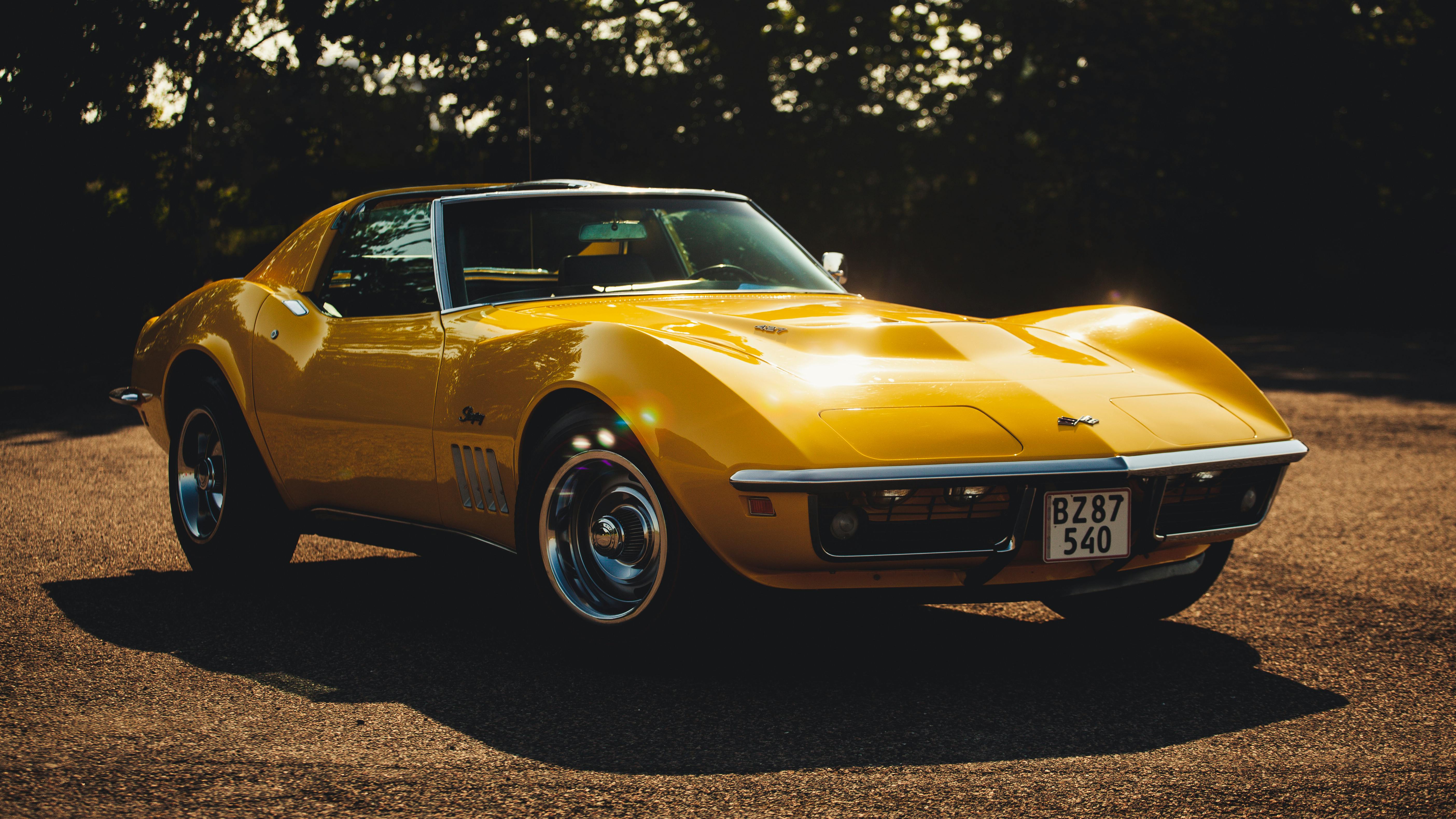
Though often thought of as a sports car, the Chevrolet Corvette has roots in the muscle car world. With its lightweight frame and powerful engines, particularly the big-block variants from the ’60s, the Corvette has always been a performance leader. Its sleek design and innovation, like the introduction of fiberglass bodies, combined with high-speed credentials make it undeniably cool. The Stingray remains a symbol of American engineering.
Plymouth Barracuda

Though sometimes overshadowed by its contemporaries, the Plymouth Barracuda was a groundbreaking model that introduced the fastback design in 1964. The GTX and Formula S models, particularly the 1970 version, showcased stunning styling alongside potent HEMI engines. The Barracuda has gained a cult following, particularly thanks to its unique look and association with the drag racing scene.
Conclusion
These muscle cars aren’t just machines—they represent a culture of power, freedom, and individuality. Whether it’s the nostalgia of classic models or the technological advancements in modern iterations, each car tells a story. They remind us of a time when the roar of an engine and the thrill of the open road symbolized not just transportation, but a lifestyle. As you explore the world of muscle cars, take a moment to appreciate the legacy and cool factor these vehicles bring to our streets and our hearts.
Muscle Car Culture
Events and Communities
American muscle car culture thrives through a vibrant community that revels in camaraderie, passion, and shared enthusiasm for powerful machines. Key aspects include:
Major Events:- Muscle Car Nationals: A flagship event that draws car lovers from all corners, showcasing stunning collections.
- Local Meetups: Regular gatherings that form the heartbeat of the muscle car scene.
- Weekend Cruises & Annual Car Shows: Opportunities to connect over revving engines and nostalgic memories.
Whether you’re a seasoned collector or a newcomer mesmerized by the roar of a V8, there's always a sense of belonging in this tight-knit community.
Famous Muscle Car Films and Media
The love for muscle cars isn’t confined to parking lots; it spills over into film and media, capturing the imagination of audiences worldwide. Notable influences include:
Classic Films:- Bullitt, starring Steve McQueen, which not only spotlights iconic models like the Ford Mustang but also cements them as symbols of freedom and defiance.
- The Fast & Furious series blends muscle car aesthetics with high-octane action, propelling this passion to new heights.
Impact on Pop Culture
It’s no surprise that muscle cars have weaved their way into pop culture, influencing:
- Fashion,
- Music, and
- Lifestyle choices.
Through these cinematic adventures, the allure of American muscle cars has reached newer generations, ensuring that the roar of an engine continues to echo in the hearts of car enthusiasts.
Importing Classic Muscle Cars
While finding the perfect American muscle car is exciting, importing it to your country requires careful planning. International shipping costs, customs regulations, and import duties all play a role in bringing these classic machines overseas.
To make this process smoother, West Coast Shipping specializes in classic car importing and offers an instant calculator to estimate shipping costs. Ready to bring your dream muscle car home? Calculate your personalized import costs at West Coast Shipping and take the first step in making that classic American muscle car yours.
The allure of American muscle cars runs deep in the fabric of automotive history, showcasing not just raw power, but a spirit of freedom and rebellion that resonates even today. From the roaring engines of the golden age to the sleek lines of modern models, these cars have evolved while maintaining their core identity—representing a unique blend of innovation and tradition.
So whether you’re a seasoned collector or a curious newcomer, there’s a whole culture to explore. The camaraderie found at car shows, the adrenaline rush during races, and those iconic moments in films only deepen the connection to this exhilarating lifestyle.
Take a moment to appreciate the legacy of these machines, and if you’ve got a story or an experience with muscle cars, don’t hesitate to share. There’s always a spot for enthusiasts in this ongoing journey of American automotive passion.
You May Also Like
These Related Stories

Top 10 Classic Muscle Cars From the USA

Top 10 cars imported to Ukraine from the US
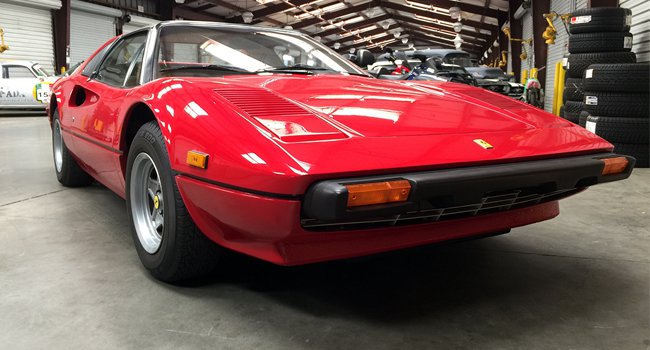
-093789-edited.png?width=220&height=79&name=wcs_final_logo_(1)-093789-edited.png)